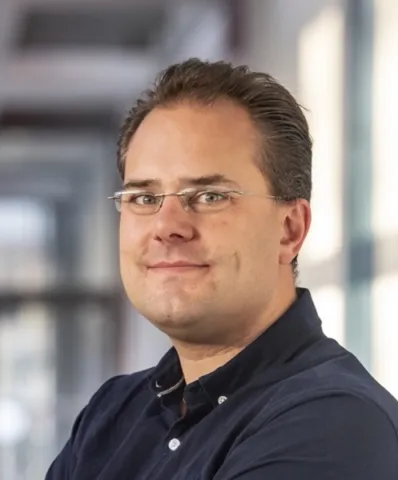Research project
I. Sinclair, Multiscale and In Situ Laboratory X-Ray Computed Tomography National Research Facility
-
Research groups:
-
Lead researchers:
-
Other researchers:
-
Research funder:EPSRC
-
Status:Active
